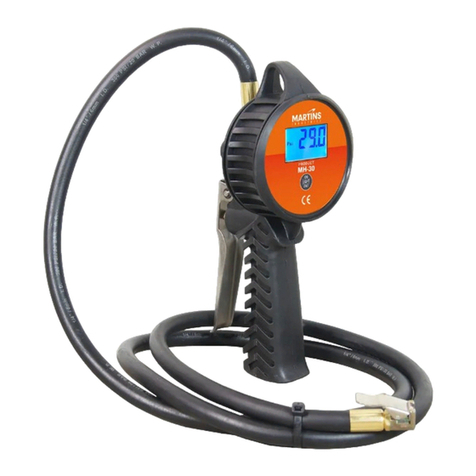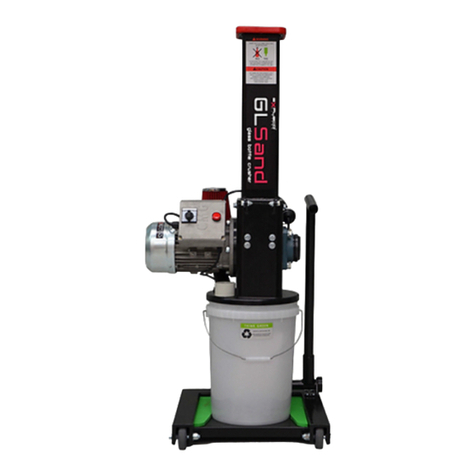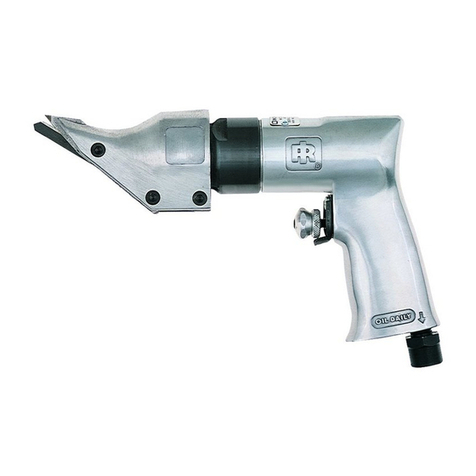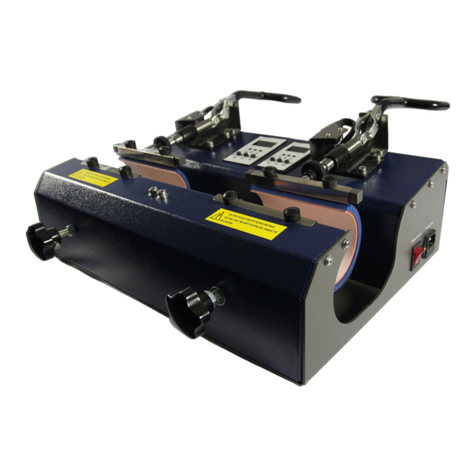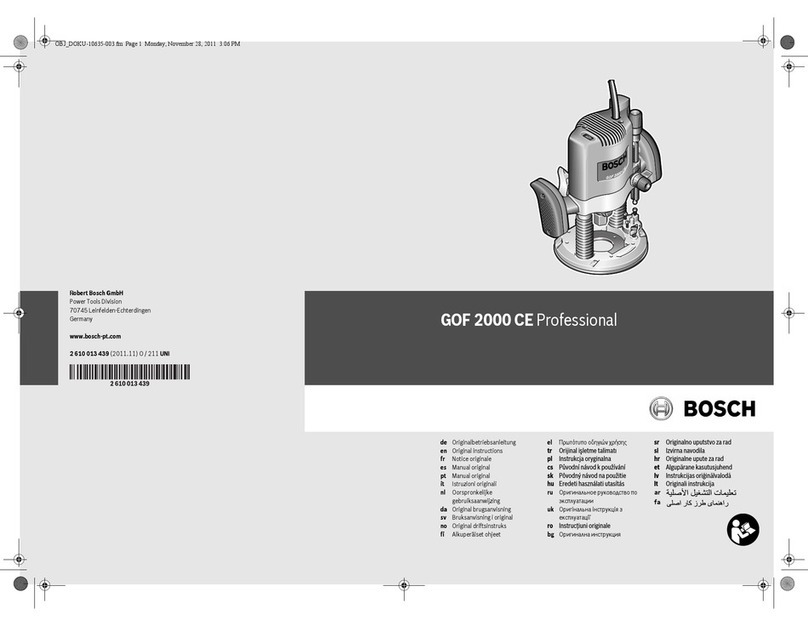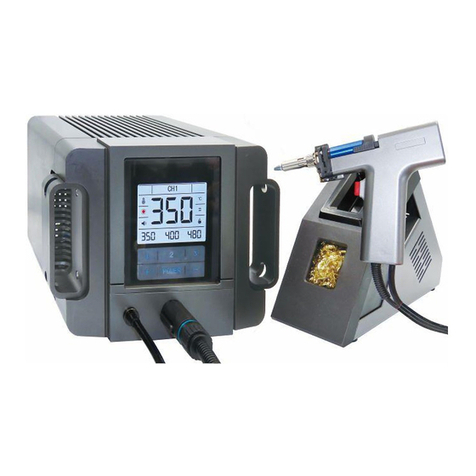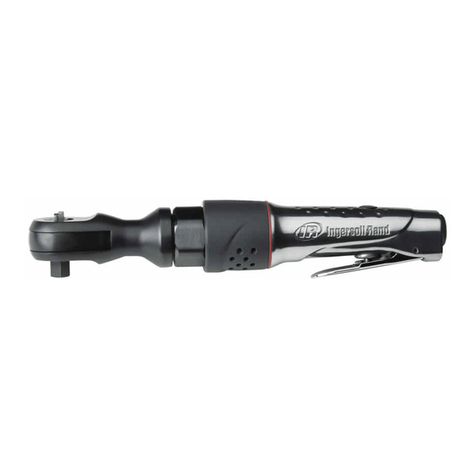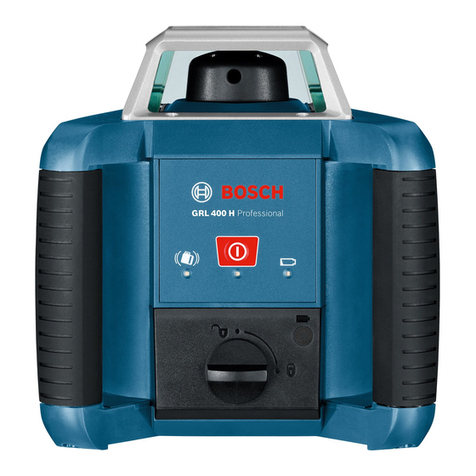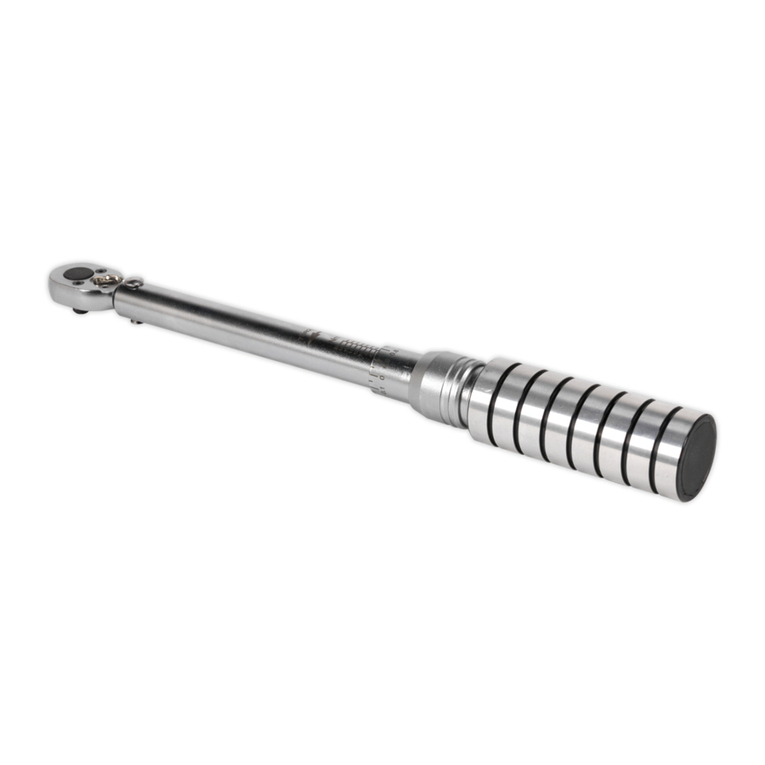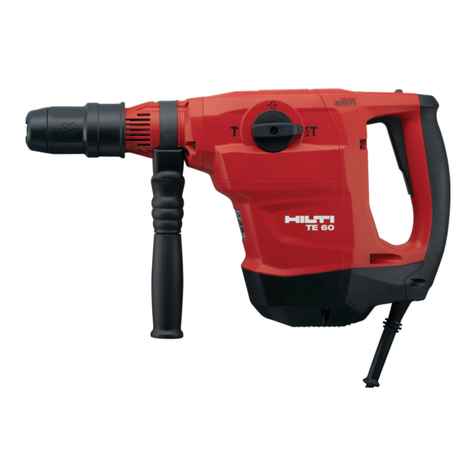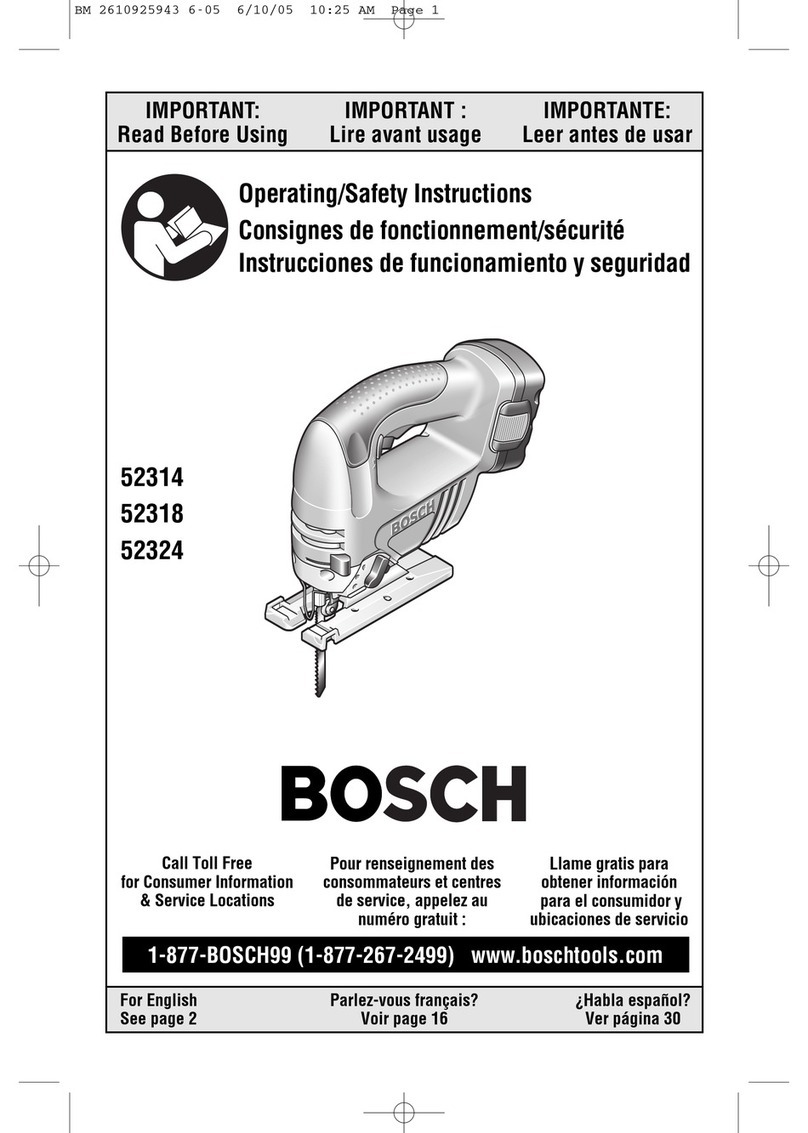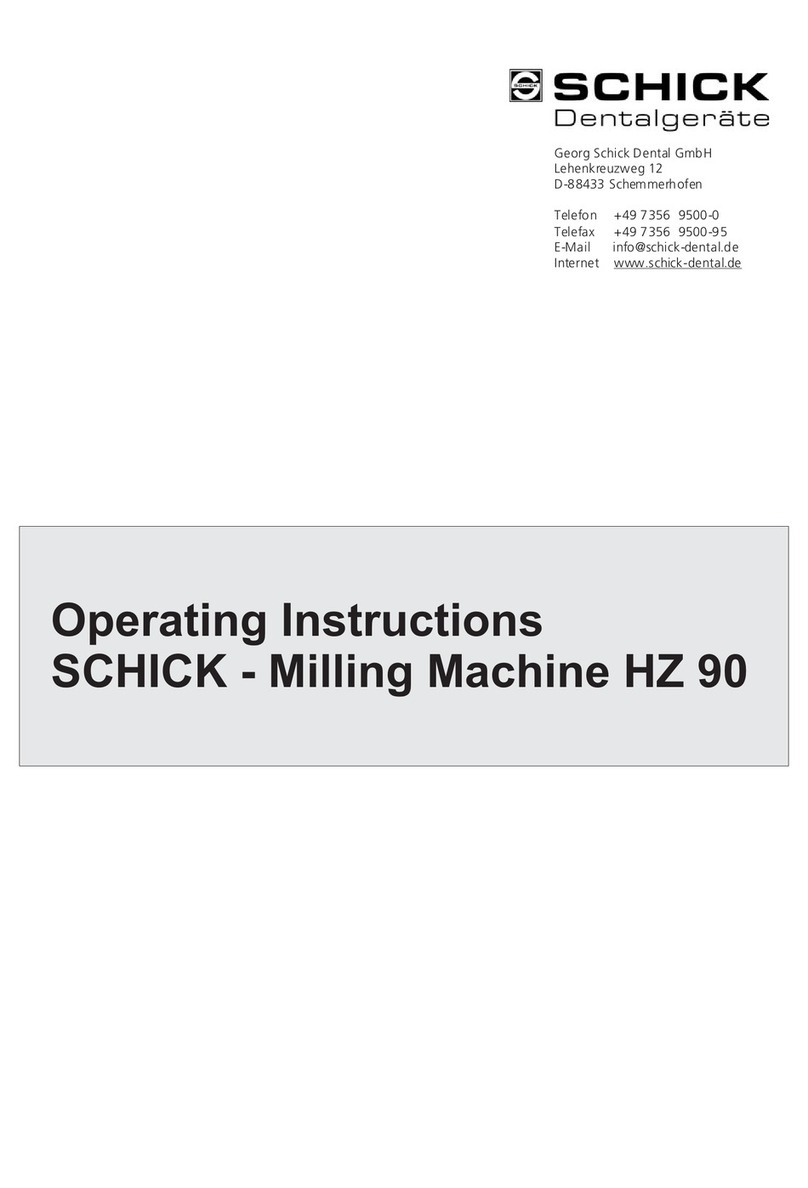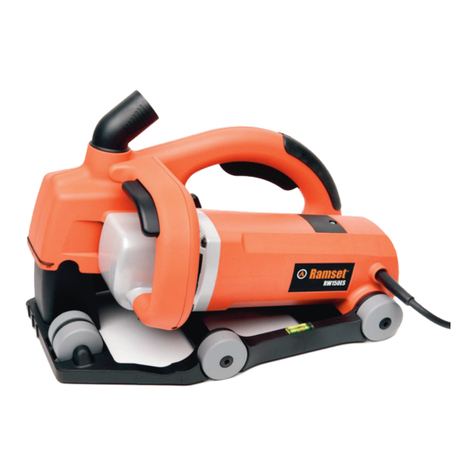HEXIS FLEX DAO 200 Series User guide

1/6
APPLICATION GUIDE
Polyurethane lm:
FLEX DAO:
(200 - 300 - 400 and 600 Series)
REQUIRED EQUIPMENT
›A plotter
›A heat press
›Flex DAO
›A textile
›A TEFLEX protection sheet, or silicone paper or
parchment paper (optional)
FEATURES
Plotter lms for heat transfer:
200 Series
300 Series
400 Series
600 Series
Thickness (μm) 90 70 110 120
Material of the lm
Polyurethane
Polyurethane and Polyamide
Retro-reective
For fabrics
Cotton
Polyester
Nylon 697N
Sublimated
For further technical information, please refer to the data sheet available on the
“Professionals” pages on our website at www.hexis-graphics.com.
SUMMARY
1. RECOMMENDATIONS: ����������������������������������������������������������������������������������������������������������������� 2
2� CUTTING THE FILMS: �������������������������������������������������������������������������������������������������������������������� 2
2�1� Introduction to plotting:������������������������������������������������������������������������������������������������������������������������������������ 2
2�2� Preliminary plotting test: ��������������������������������������������������������������������������������������������������������������������������������� 2
2�3� Mirror plotting and weeding: �������������������������������������������������������������������������������������������������������������������������� 3
3� GRAPHICS APPLICATION:����������������������������������������������������������������������������������������������������������� 3
3�1� Customising your heat press:�������������������������������������������������������������������������������������������������������������������������� 3
3�2� Textile preheating:����������������������������������������������������������������������������������������������������������������������������������������������� 3
3�3� Positioning the graphics:����������������������������������������������������������������������������������������������������������������������������������� 4
3�4� Pressing: ������������������������������������������������������������������������������������������������������������������������������������������������������������������ 4
3�5� Removing the liner while being warm or cold: ���������������������������������������������������������������������������������������� 4
3�6� In the case of an additional graphics, positioning it as follows: ��������������������������������������������������������� 5
3�7� Pressing: ������������������������������������������������������������������������������������������������������������������������������������������������������������������ 5
3�8� Removing the liner while being warm or cold: ����������������������������������������������������������������������������������������� 5
3�9� Final result:������������������������������������������������������������������������������������������������������������������������������������������������������������� 5
4� CARE OF TEXTILES WITH FLEX DAO: ������������������������������������������������������������������������������������ 6
STORE YOUR FILMS UNDER APPROPRIATE CONDITIONS
Keep the lms away from any major source of
heat (radiators and heaters, direct exposure to
sunlight, etc.):
Shelf life: 1 year when stored in their original
packaging at a temperature ranging from
15 °C to 25 °C (59 °F to 77 °F) with relative
humidity between 30 % and 70 %.
FPP.FLE.001A 05.17
APPLICATION GUIDE |FLEX DAO: 200 - 300 - 400 and 600 Series
Application methods are based upon HEXIS’ experience and are non-restrictive.
Comply with instructions to ease application of HEXIS lms.

HEXIS
2/6
1. RECOMMENDATIONS:
› To protect delicate fabrics against possible shine caused by direct contact of the fabric with
the hot metal of the press, you can use any of the following:
- a TEFLON®TEFLEX protection sheet;
- a silicone or parchment paper.
› Prior to any first application, carry out different tests about:
- the resistance of the fabric with the press temperature.
- the compatibility of the PLOTTER FLEX film with the fabric.
› Apply to a previously washed fabric.
› For optimum durability, avoid application of the PLOTTER FLEX lm over seams.
2. CUTTING THE FILMS:
The lms should preferably be stored under the same environmental conditions as the
plotter.
Important note specic to Flex600: The Flex600 lms feature a exible and thin soft blue-
green protection lm at their surface. This lm must be removed before plotting the lm.
The pressure of the blade has to be adjusted depending on the lm.
It is recommended to carry out a plotting test before starting a production run.
If the pressure is too high, the protective liner may slightly crack causing adhesive bleeding.
This would make the weeding process more dicult.
In any case, it is recommended to weed the material right after cutting.
2.1. Introduction to plotting:
The smallest possible size to be cut depends on the condition of the blade, pressure, cutting
speed and plotter. In general, an acceptable height is 10mm (0.4in), with serifs of 1.5mm
(0.06in.), at medium speed and with a blade in good shape. Smaller letters can be obtained
by reducing the speed.
For instance, the recommended medium speed for a ROLAND® GX24 cutting plotter is
20cm/s (7.87 in./s).
Note: In any case, carefully wread the operating manual of the cutting plotter and carry out
a preliminary test.
The blade must cut the polyurethane lm and the adhesive surface. (FIG. 01)
A blunt and worn blade will impair the quality of the cutting and will require a higher
pressure. Weeding will also be more dicult.
2.2. Preliminary plotting test:
In order to determine the plotter settings, we advise you to carry out a preliminary test:
›Cut a square of 10cm x 10cm (3.94in. x 3.94in.).
›Weed (FIG. 02) (FIG. 03): remove any excess material.
›Check:
›that the cut square adheres well to the liner;
›that the liner is free of any incision.
›Weeding will be successful if the plotter is properly set up (pressure, speed, shape of the
blade).
Figure 01
Figure 02
Figure 03
FPP.FLE.001A 05.17
APPLICATION GUIDE |FLEX DAO: 200 - 300 - 400 and 600 Series

3/6
HEXIS
2.3. Mirror plotting and weeding:
(For Flex600 only)
›Remove the thin protection lm from the surface of the lm. (FIG. 04)
(For all PLOTTER FLEX)
›Cut a mirror image. (FIG. 05)
›Weed (FIG. 06) (FIG. 07) (FIG. 08): remove any excess material.
3. GRAPHICS APPLICATION:
3.1. Customising your heat press:
(FIG. 09)
› Pressure: medium depending on the type of press used.
PLOTTER FLEX Indicative press temperature
FLEX 200 160 °C (320 °F)
FLEX 300 150 °C (302 °F)
FLEX 400 160 °C (320 °F)
FLEX 600 160 °C (320 °F)
3.2. Textile preheating:
Purpose: removing humidity from the textile.
› Position the textile on the press. (FIG. 10)
Figure 04
Figure 05
Figure 06 Figure 07 Figure 08
Figure 09
10Figure
FPP.FLE.001A 05.17
APPLICATION GUIDE |FLEX DAO: 200 - 300 - 400 and 600 Series

HEXIS
4/6
› Press for 3 seconds to preheat the textile. (FIG. 11)
3.3. Positioning the graphics:
› When the textile is returned to ambient temperature, position the lettering/graphics
viewed in the normal reading direction (the liner is on top and the polyurethane lm must
be in direct contact with the fabric). (FIG. 12)
› Some fabrics/clothes have an irregular thickness (seams, rivets, buttons, etc.) and
therefore require an additional support between the fabric and the press table, which
should be:
- as large as the graphics or slightly larger,
- thick enough
to allow the PLOTTER Flex to perfectly t the hot plate. (FIG. 13)
3.4. Pressing:
(FIG. 14)
PLOTTER FLEX Indicative press temperature
without fabric protection
Indicative press temperature
with fabric protection
FLEX 200 160 °C (320 °F) - 20 s 180 °C (356 °F) - 30 s
FLEX 300 150 °C (302 °F) - 15 s 170 °C (338 °F) - 25 s
FLEX 400 160 °C (320 °F) - 20 s 180 °C (356 °F) - 30 s
FLEX 600 160 °C (320 °F) - 20 s 180 °C (356 °F) - 30 s
3.5. Removing the liner while being warm or cold:
(FIG. 15) (FIG. 16)
PLOTTER FLEX Remove the tape when the Flex is:
FLEX 200 Warm (between 30 °C and 60 °C
(86 °F and 140 °F))
FLEX 300 Warm (between 30 °C and 60 °C
(86 °F and 140 °F))
FLEX 400 Warm (between 30 °C and 60 °C
(86 °F and 140 °F))
FLEX 600 Warm (about 30 °C (86 °F))
11
Figure
Figure 12
Zipper Seam
Fabric
PLOTTER FLEX
Zipper Seam
PRESS at T °C
Support
PLOTTER FLEX
Figure 13
Figure 14
Figure 15
Figure 16
FPP.FLE.001A 05.17
APPLICATION GUIDE |FLEX DAO: 200 - 300 - 400 and 600 Series

5/6
HEXIS
3.6. In the case of an additional graphics, positioning it as follows:
(FIG. 17)
› As a precaution, you may protect the entire graphics by means of:
- the previously removed protective liner,
- a TEFLEX TEFLON®protection sheet,
- a silicon or parchment paper.
3.7. Pressing:
(FIG. 18)
Plotter FLEX Indicative press temperature
without fabric protection
Indicative press temperature
with fabric protection
FLEX 200 160 °C (320 °F) - 20 s 180 °C (356 °F) - 30 s
FLEX 300 150 °C (302 °F)- 15 s 170 °C (338 °F) - 25 s
FLEX 400 160 °C (320 °F) - 20 s 180 °C (356 °F) - 30 s
FLEX 600 160 °C (320 °F) - 20s 180 °C (356 °F) - 30 s
3.8. Removing the liner while being warm or cold:
(FIG. 19)
› Textile temperature ranging from 30 °C to 60 °C (86 °F to 140 °F).
3.9. Final result:
(FIG. 20)
› Dierent outcomes and surface nishings can be obtained depending on the protection
sheet used during a second pass in the heat press.
For best results and optimal adhesion:
› Place on the graphics’s surface either:
- a TEFLEX protection sheet or
- a parchment or silicone paper.
Silicone paper silicone-coated side to be placed on the graphics
› Press the entire layer assembly.
Conditions:
› Temperature: 170 °C (338 °F)
› Time: 10 seconds
The eect of this second run is to let the Flex lm penetrate between the textile bres, thus
improving its adherence.
Figure 17
Figure 18
Figure 19
Figure 20
FPP.FLE.001A 05.17
APPLICATION GUIDE |FLEX DAO: 200 - 300 - 400 and 600 Series

HEXIS
6/6
HEXIS S.A.
Z.I. Horizons Sud - CS 970003
F - 34118 FRONTIGNAN CEDEX
FRANCE
Tel. +33 4 67 18 66 80
Fax +33 4 67 48 38 79
E-mail: [email protected]
For further technical information, please refer to the Technical Data Sheets available for free download from our website www.hexis-graphics.com, on the
“Professionals” pages.
Due to the great variety of substrates and the growing number of new applications, the installer must check the suitability of the media for each application.
All the published information does not however constitute a binding guarantee. The seller cannot be held liable for indirectly related damages and assumes
no liability for claims that are higher than the replacement value of the purchased product. All specications are subject to potential changes without prior
notice. Our specications are automatically updated on our website www.hexis-graphics.com.
4. CARE OF TEXTILES WITH FLEX DAO:
› After pressing, wait for at least 24 hours before washing the garment.
› The maximum machine washing temperature is 40 °C (104 °F).
› Use laundry products free of chlorine bleach.
› Tumble drying is not recommended.
› We recommend you to wash and iron your garment inside out.
FPP.FLE.001A 05.17
APPLICATION GUIDE |FLEX DAO: 200 - 300 - 400 and 600 Series
This manual suits for next models
3
Table of contents


